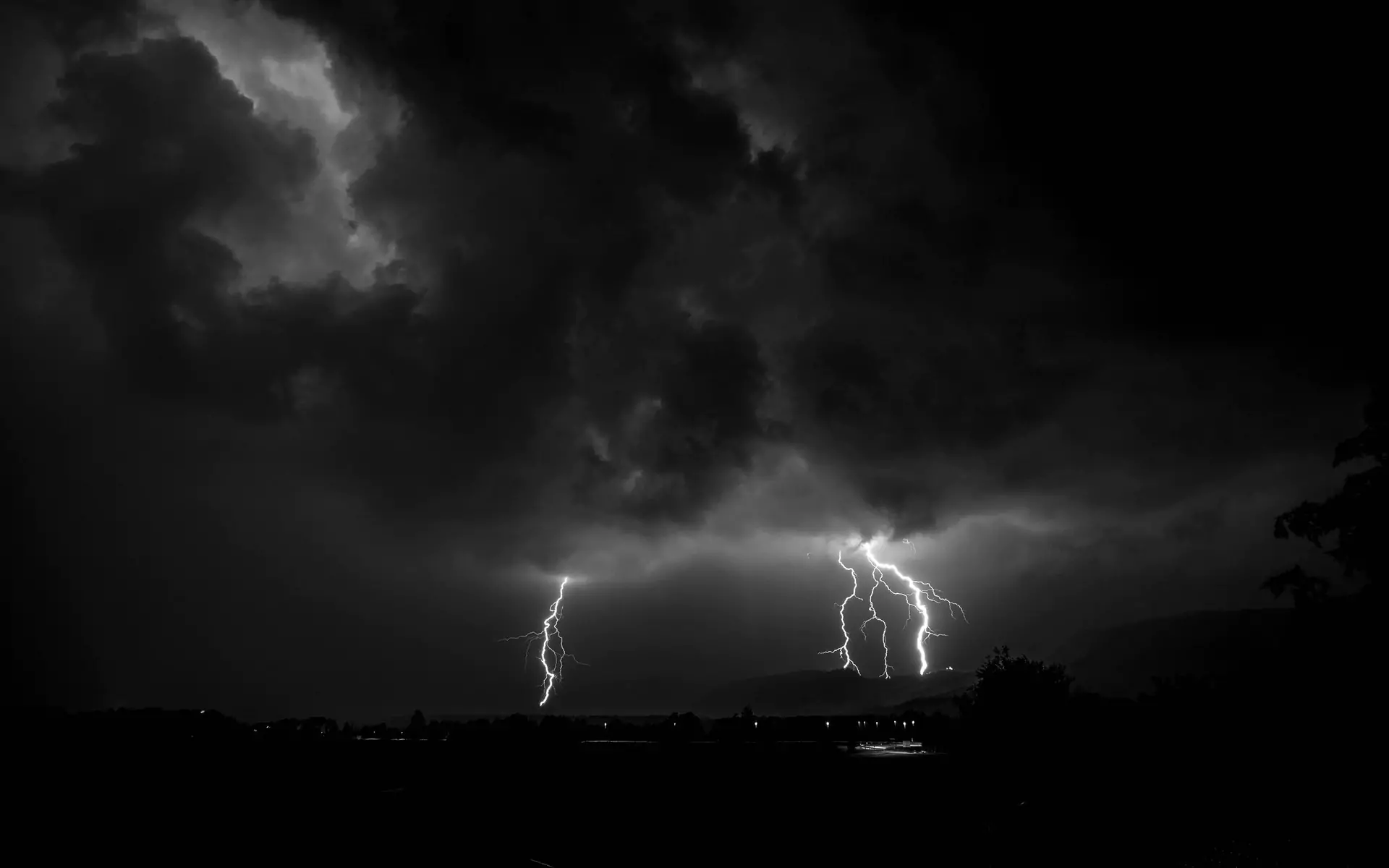Oceans cover more than 70 percent of the Earth's surface. Seawater stores heat efficiently and it both heats up and cools down more slowly than land surfaces. These properties mean that ocean currents can carry warm or cold water to many different parts of the Earth. Surface temperatures are affected by the temperature of the currents below. Climates, especially coastal climates, can be altered by changes in sea temperatures.
The warmth of the Gulf Stream make the weather of Great Britain remarkably more temperate than other countries located at the same latitude. The coastal regions of California are cooled by the action of the Californian Current.
Ocean currents can also influence precipitation patterns in areas far away from the source of the current. The effects of El Nino are an example.
When cold polar air interacts with the warm air over warm sea surfaces, frontal systems are produced. Winter storms in the eastern United States are formed when polar air encounters the warm air located over Gulf Stream waters.
Because water heats and cools more slowly, minimum and maximum sea temperatures usually lag the winter and summer solstices by several weeks. This lag heightens the difference between land and sea temperatures and can have an effect on the weather. It may result in comparatively cooler coastal weather or fog over large areas of the water.
The hydrologic cycle provides fuel for much of Earth's weather. The hydrologic cycle (or water cycle) is the constant interchange of moisture between land, sea, plants, and clouds. As much as 90 percent of the moisture in our air is due to evaporation from the world's oceans. Moisture also evaporates from inland bodies of water.
The water vapor in the air condenses into clouds and eventually falls as precipitation. Some of the rain and snow is absorbed; the remainder flows back to the oceans to begin the process again.
